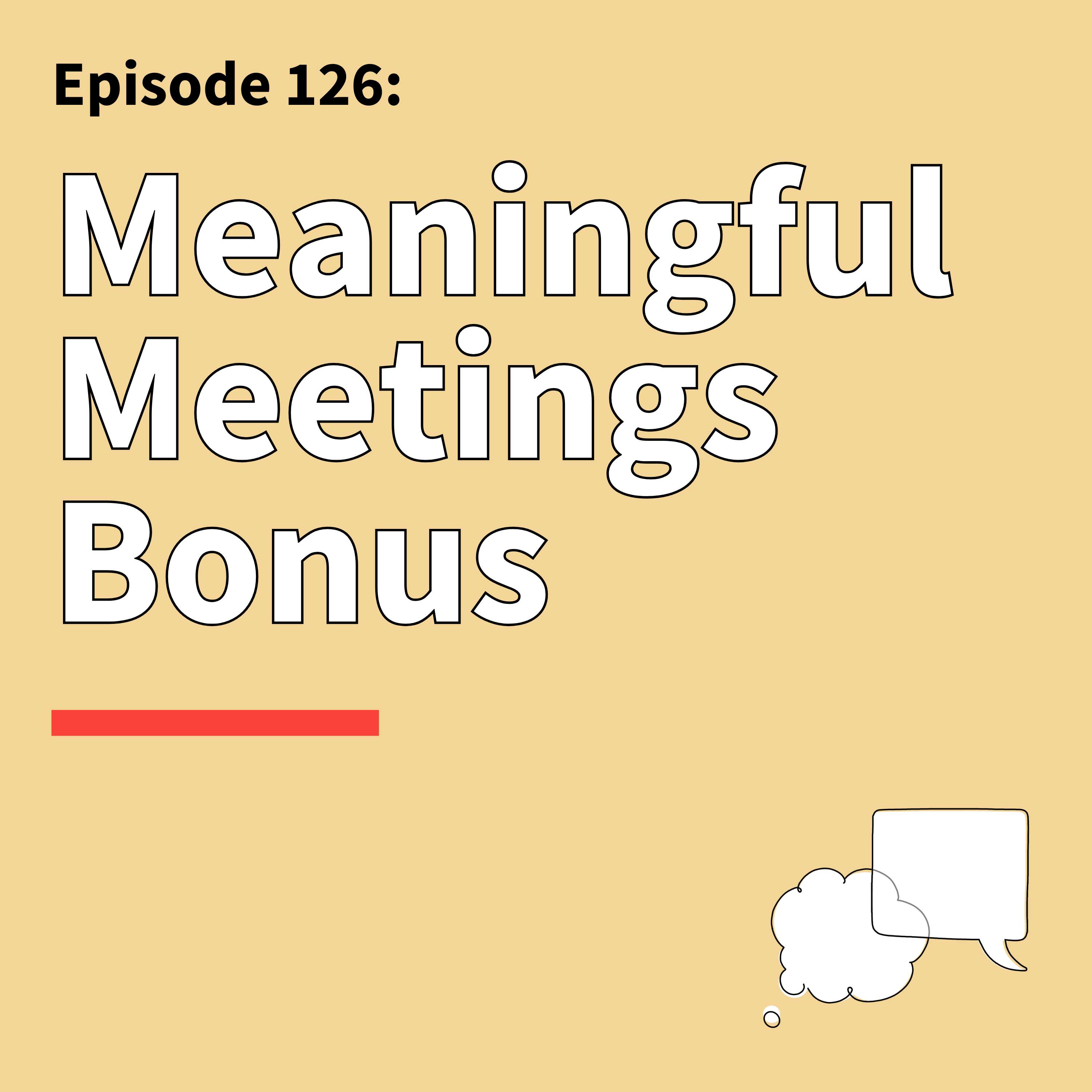126. BONUS Making Meetings Meaningful: When Face-to-Face Meetings Matter
Podcast: Think Fast Talk Smart: Communication TechniquesPublished On: Tue Jan 30 2024
Description: If we want to generate better ideas, then we need to get people back to the office.In this bonus meetings mini-series episode, we feature an episode from the newest podcast from Stanford Graduate School of Business – If/Then: Business, Leadership, Society. In this conversation with senior editor Kevin Cool, Professor of Marketing and former TFTS guest Jonathan Levav details his study of remote work and creativity. “Pairs that worked face-to-face generated 15 to 20% more ideas than pairs that worked on Zoom,” Levav notes. What’s more, in-person brainstorming helped people consider a wider and more diverse range of possibilities. “Working on Zoom was a double penalty. Fewer ideas — and a narrower set of ideas.”Remote work may be the new normal in our post-pandemic world, but Levav cautions us from accepting the status quo — especially if we want to keep our creative edge. As this episode of If/Then explores, our best ideas could still lie ahead of us — if we can all get in the same room.If/Then is a podcast from the Stanford Graduate School of Business that examines research findings that can help us navigate the complex issues we face in business, leadership, and society. Each episode features an interview with a Stanford GSB faculty member. Key Takeaways: For hybrid work environments, managers should select “in-office” days based on tasks we perform better in person, such as collaboration and brainstorming.More flexible schedules for remote and office work allow employees to bring their best selves and perform better at their jobs. Be sure to also listen to Part 1 and 2 of our Making Meeting Matter mini-series.Connect:Premium Signup >>>> Think Fast Talk Smart PremiumEmail Questions & Feedback >>> hello@fastersmarter.ioEpisode Transcripts >>> Think Fast Talk Smart WebsiteNewsletter Signup + English Language Learning >>> FasterSmarter.ioThink Fast Talk Smart >>> LinkedIn, Instagram, YouTubeMatt Abrahams >>> LinkedIn ********Get $50 off coaching today at Strawberry.me/tftsBecome a Faster Smarter Supporter by joining TFTS Premium.
The note was deleted
The note was saved
Your message was sent
